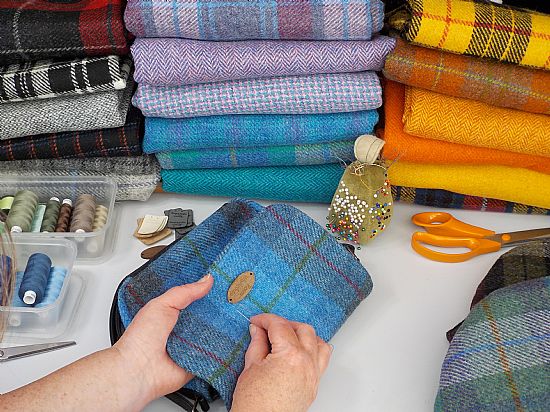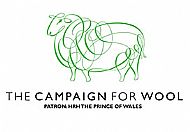Welcome to Roses Workshop

Home of hand-crafted British Wool and Harris Tweed items.
Roses Workshop is a one-woman cottage industry keeping traditional skills alive, specialising in items made from British wool and Harris Tweed®.
***
My shop is now closed for the holidays.
Merry Christmas and a Happy New Year!
***
We have many different breeds of sheep in the UK, giving many natural colours and textures of wool. In many cases the wool varies because of where the sheep were bred to live. That wool can be soft and silky, used in gorgeous gloves and scarves. It can be tough and sturdy, perfect for bags and rugs.
I turn this wool into beautiful items for your home and for personal use. This can be by felting the fluffy wool directly, by knitting wool that has been spun, or by using woven wool fabrics.
***
Harris Tweed® is a very special fabric. It is the world’s only commercially produced handwoven tweed. It is "Handwoven by the islanders at their homes in the Outer Hebrides, finished in the Outer Hebrides, and made from pure virgin wool dyed and spun in the Outer Hebrides."
The "Orb" symbol on the label certifies the cloth is genuine Harris Tweed®.
***
Please explore the menu to find items available in my Online Shop, now split into departments.
If you would like something special made to order please use the Contact form.
To find where my items are for sale elsewhere check the Events page - I look forward to meeting you in person!



